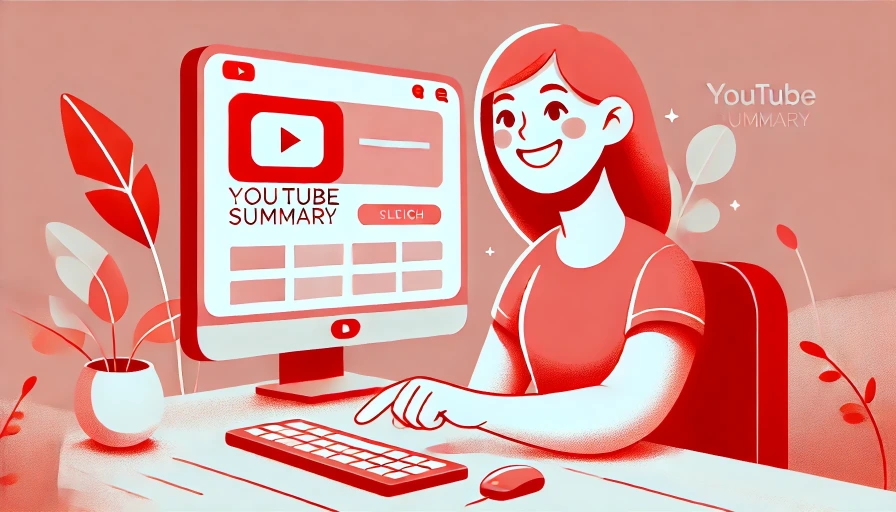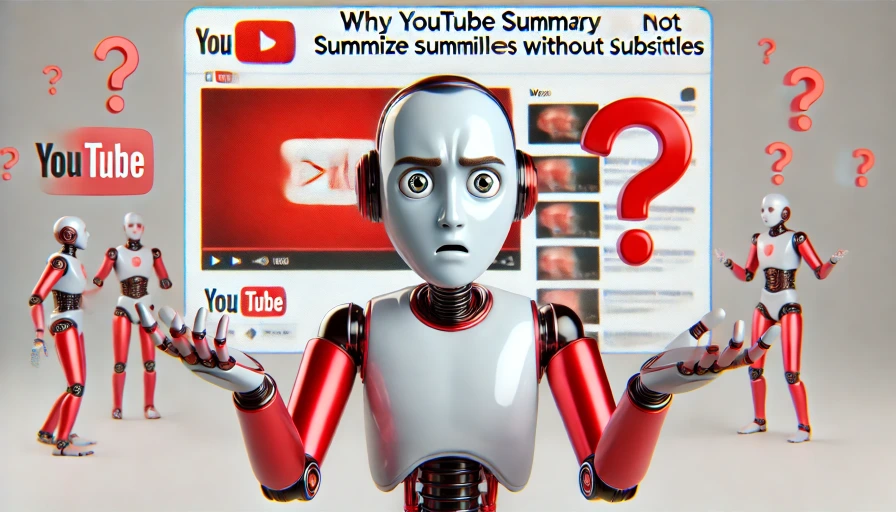
Get YouTube Lecture Insights in 30 Seconds
TL;DR: Paste a YouTube link, get the key ideas in under 30 seconds, and decide in seconds if the video is worth your time.
The real problem students face
Most lecture-style videos bury the point. You scrub through timestamps, play at 1.5x, and still miss the 3 sentences that matter. When you have overlapping deadlines, spending 60 minutes to extract 5 minutes of value is a bad trade.
What the tool does
YouTube Summary distills long videos into concise, skimmable takeaways so you can: - Validate if a video is relevant before committing time. - Capture core concepts, definitions, and claims quickly. - Save key points for revision without rewatching.
How it works: 1. Paste the YouTube URL. 2. Wait under 30 seconds. 3. Read the summary and move on.
No account. No paywall. No tracking labyrinth.
When it’s most useful
- Pre-lecture prep: Get the gist before class so live explanations click.
- Exam week triage: Prioritize which lectures deserve a full watch.
- Research scan: Compare multiple talks on the same topic fast.
- Industry updates: Harvest insights from conference talks without the filler.
Example use case: - You have three 50-minute videos on gradient descent. Summaries show: - Video A explains learning rate schedules with a worked example. - Video B focuses on convexity assumptions. - Video C is mostly tool setup. You watch A and skim B’s relevant section. C gets archived. You save ~2 hours and still cover the essentials.
Why this approach works
- Attention is the scarce resource. Fast screening prevents sunk-cost viewing.
- Summaries reduce extraneous cognitive load by surfacing structure: problem, method, results, caveats.
- You keep agency. The goal isn’t to replace the video but to help you decide what to watch deeply.
How it compares
Many “AI summary” tools push logins or limit free use. This one is instant and ungated. That matters when you’re switching across links and need quick answers, not another dashboard.
Verdict
If you measure productivity by concepts absorbed per minute, summaries first and full video second is the winning workflow.
Quick tips for better results
- Use accurate titles and official uploads for better transcripts.
- If the video has chapters, scan them alongside the summary to spot gaps.
- For technical content, check the summary’s claims against the paper or docs before citing.
References
- Interesting discussion about educational content: https://www.reddit.com/r/nosurf/comments/1n0font/educational_content_is_overrated/
- Cognitive load theory: https://www.mcw.edu/-/media/MCW/Education/Academic-Affairs/OEI/Faculty-Quick-Guides/Cognitive-Load-Theory.pdf
Author note
I built this workflow to keep up with the many videos about Software Engineering while working full-time. The summary-first pass consistently saves me at least an evening per week.
FAQ
-
Does it work without subtitles? It works best with accurate transcripts. Auto-captions are supported but may reduce precision for technical terms.
-
Can I trust the summary for citations? Treat summaries as a map, not a source. Verify original claims before citing.
-
Will it replace watching the full video? No. It helps you decide what to watch and where to focus.
-
Is there a limit on usage? The tool is free to use without sign-ups. Heavy usage may be rate-limited to keep it fast for everyone.




